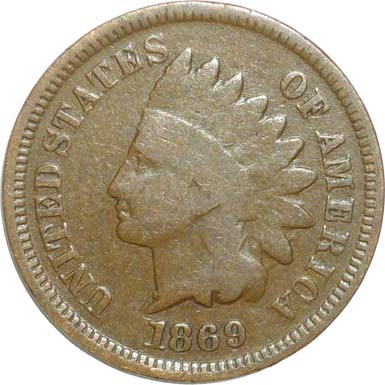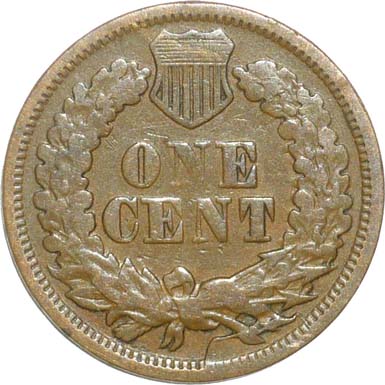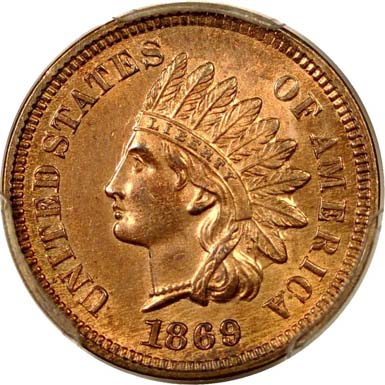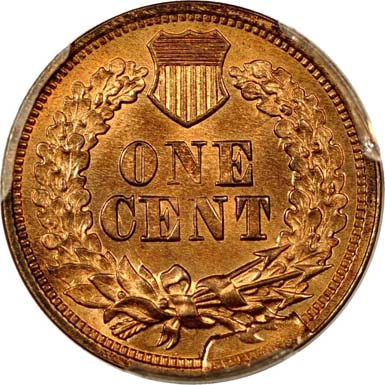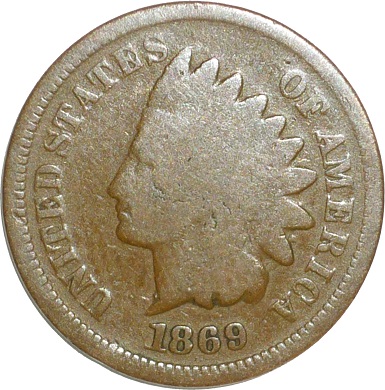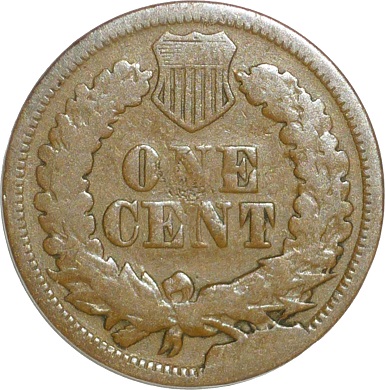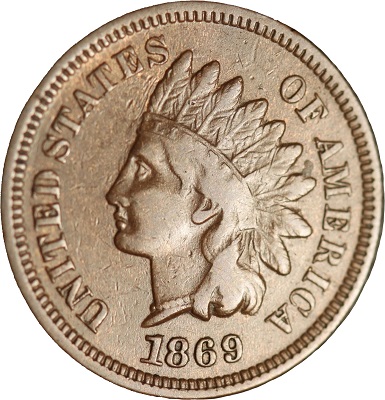 |
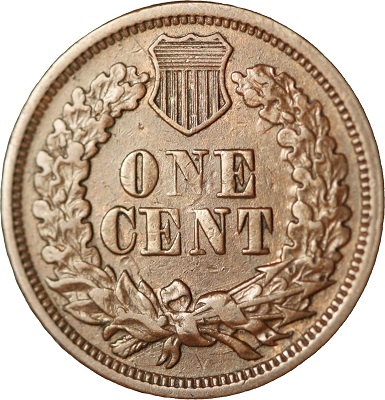 |
Obverse 10 |
Reverse J |
Obverse Diagnostics
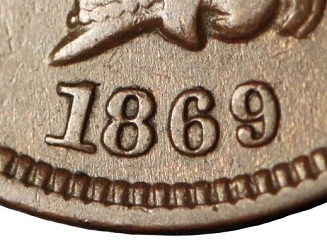 Date Position |
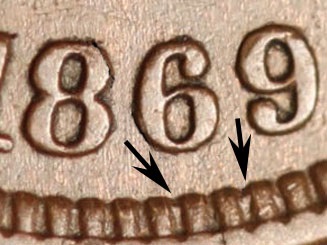 Misplaced 69 in the Denticles |
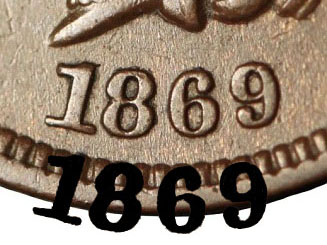 Misplaced Digit Punch Location |
Reverse Diagnostics
 Reverse J Die Cracks |
 Reverse J.2 Die Cracks |
 Reverse J.3 Retained Cud Between 4:30 and 5:45 |
Reverse J.4 Cud Between 4:30 and 5:45 |
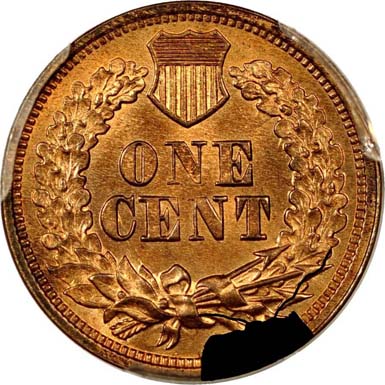
Reverse J.3 Die Crack Mapping
